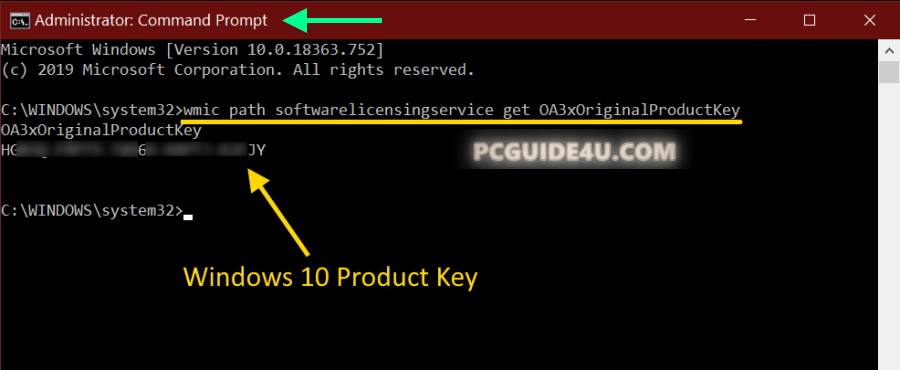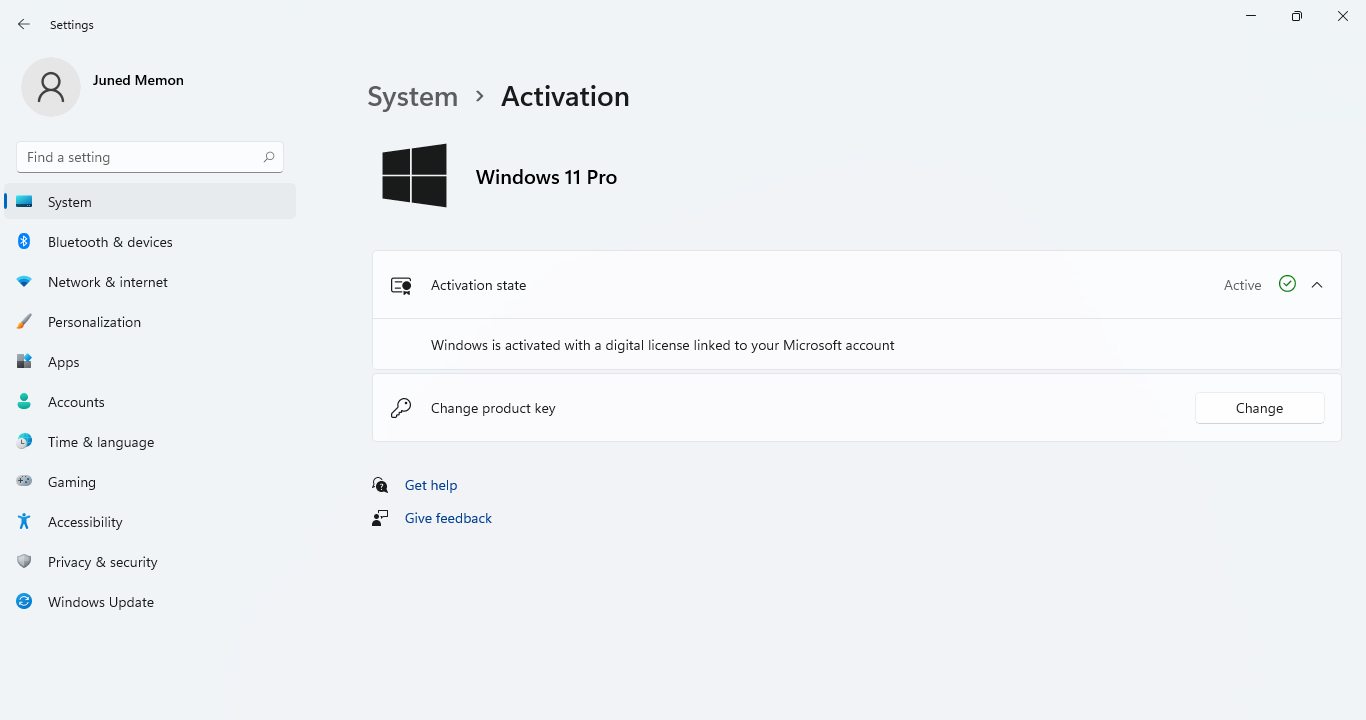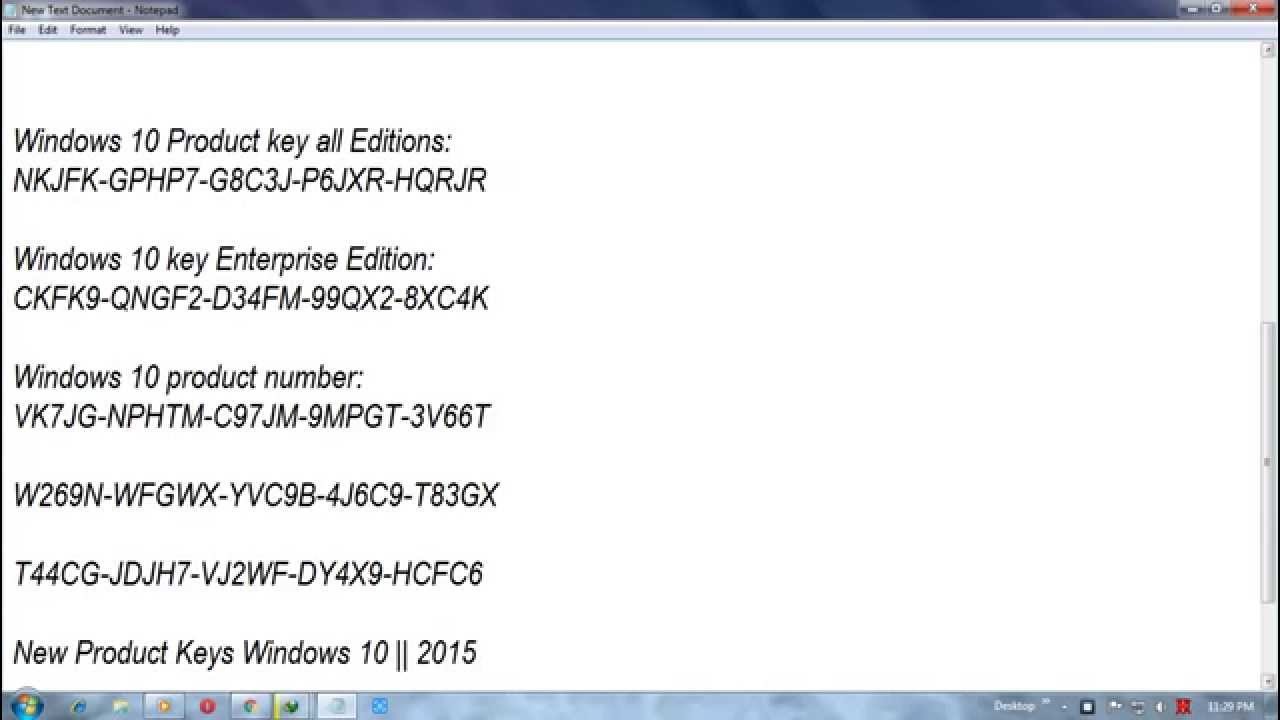

Public Function ShowMyKey(ByVal Path As String, ByVal Name As String) As Stringĭim A As Object = My.(Path, Name, 0)įor i As Integer = LBound(A) To UBound(A) #Region ” Windows Form Designer generated code ” It’s written in Visual Basic 2008, but you maybe can transform it in later versions.Ĭreate a form with 2 textboxes called Textbox1 & Textbox2 Here I have the full code to view any windows key also the ones they put in the bios. It works flawlessly in all mentioned operating systems. I tested this trick on Windows 7, Windows 8 and Windows 10.


Set objshell = CreateObject("wscript.shell") If Last = 0 Then KeyOutput = insert & KeyOutputĬonvertToKey = Mid(KeyOutput, 1, 5) & "-" & Mid(KeyOutput, 6, 5) & "-" & Mid(KeyOutput, 11, 5) & "-" & Mid(KeyOutput, 16, 5) & "-" & Mid(KeyOutput, 21, 5) KeyOutput = Replace(KeyOutput, keypart1, keypart1 & insert, 2, 1, 0) KeyOutput = Mid(Maps,Current+ 1, 1) & KeyOutput If vbYes = MsgBox(ProductData & vblf & vblf & "Save to a file?", vbYesNo + vbQuestion, "BackUp Windows Key Information") thenĭim isWin8, Maps, i, j, Current, KeyOutput, Last, keypart1, insert ProductData = ProductName & vbNewLine & ProductID & vbNewLine & ProductKey ProductKey = "Installed Key: " & ConvertToKey(DigitalID) ProductID = "Product ID: " & objshell.RegRead(Path & "ProductID") ProductName = "Product Name: " & objshell.RegRead(Path & "ProductName") Path = "HKLM\SOFTWARE\Microsoft\Windows NT\CurrentVersion\"ĭigitalID = objshell.RegRead(Path & "DigitalProductId")ĭim ProductName,ProductID,ProductKey,ProductData Set objshell = CreateObject("WScript.Shell")

PowerShell might require additional user skills and extra tweaks to run unsigned cmdlets.Ĭompared to PowerShell, this VBScript solution is almost perfect. but many users complained that it fails for them. Actually, earlier I posted a similar solution which used PowerShell.


 0 kommentar(er)
0 kommentar(er)
